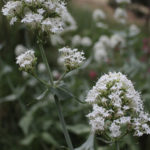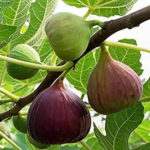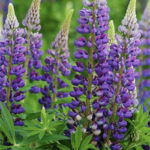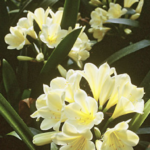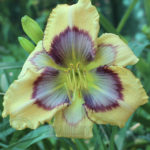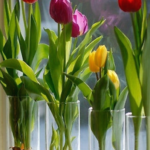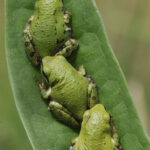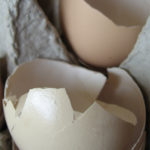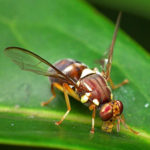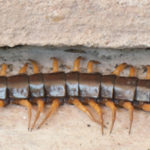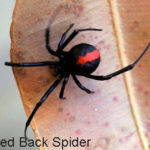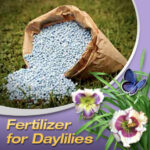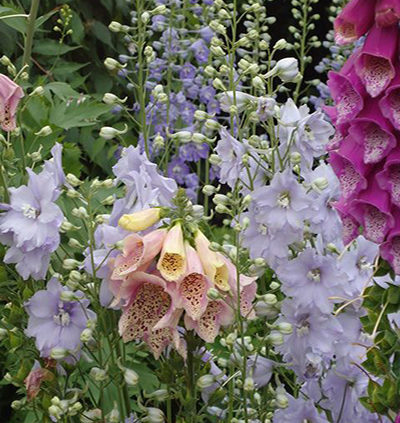
What Are Biennial Plants
Biennial Plants: About Gardening With Biennials All You Need To Know
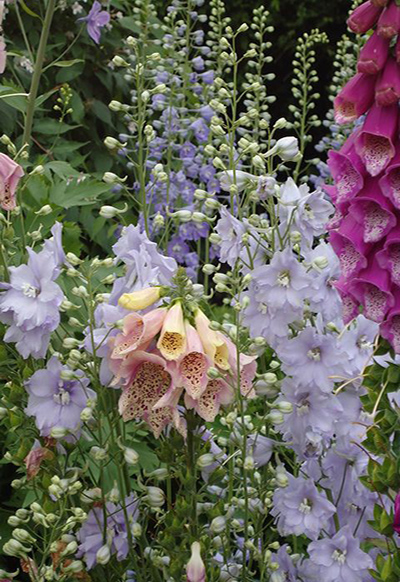 The term Biennial demonstrates the length of the plants life cycle. True biennials do not flower in the first year, they are vegetative. Sometimes the biennial can be an annual due to bitterly cold winters and the biennials life span will be cut short. A Biennial Plant will complete its biological cycle within two years or over a two year growing season.
The term Biennial demonstrates the length of the plants life cycle. True biennials do not flower in the first year, they are vegetative. Sometimes the biennial can be an annual due to bitterly cold winters and the biennials life span will be cut short. A Biennial Plant will complete its biological cycle within two years or over a two year growing season.
In the first year, biennial plants will put all its energy into a good healthy roots system and some lovely leaves. The leaves add interest to the garden with just their foliage only. After this, the biennials needs to go through a cold winter to best complete their lifecycle. Some fertiliser is needed to encourage tall thick stems and growth of flowers during the start of the second year.
At the start of the second year, the biennial will produce strong long flowering stems. The stems of the biennial will elongate or “bolt” and the biennial plants bloom soon after. These plants will produce seeds and fruits and then will finally die. At the end of the biennials, second growing season the biennial plant growth is accomplished. There are far less biennials than annuals and perennials.
This clearly shows that a Biennial Plant have a 2-year life cycle.
Some crop examples of Biennial Plants grown in our gardens in recent years include:
BIENNIAL VEGETABLE PLANTS include some of the cabbage family, beetroot, silver beet, carrots, Brussel sprouts, onions, parsley, celery, kale, parsnip, garlic mustard, garlic etc.
BIENNIAL FLOWERING PLANTS include popular Foxglove, Wallflower, Hollyhock, Stock, Geranium Rubescens, Poppy, Biennial Echium Pininana, Sweet William, Geranium Maderense, Canterbury Bells, English Daisies, Lunaria Annua, Forget-Me-Not Myosotis Sylvatica, Rose Companion, Tobacco Plant and Silver Dollar Plant.
Planting and Growing Biennials
The best time to sow seeds of the Biennial flowering plants is during the cold weather or winter season. You should sow the seeds in egg cartons or small containers and place them indoors in a warm position. The steps involved are given below.
- Put in the potted mix, use a recommended seed raising mix for sowing small seeds in the containers, then sprinkle the Biennial seeds over the top of the mixture.
- Moisten the potting mix then cover the containers using a plastic wrap so that the moisture is retained in the mix.
- Once you see the leaves show, you can remove the plastic covering and then place seed germination carton in a location where it is sunny. Placing it near windows is the best way to go.
- Once the plant grows and has three to four leaves, they can be transplanted outdoors. You can look for a permanent location to place them or even allow them to grow more in your greenhouse or nursery bed while still in their potted containers. Start up irrigation and feeding half strength soluble fertiliser.
- It is better to shift the Biennials to their permanent location during the first growing season. It should be done at least 6 to 8 weeks before the winter sets in.
- During the winter periods, the plant will be in dormant stage. Mulching around the plants is necessary.
- During the second season, the flowers will start to show up on the Biennials. After the plants have completed flowering and reseeded by themselves, the plant can be removed or you can even let it wither on its own.
Conditions suited to grow Biennials
The Biennial flowering plants grow very well and prefer to grow in full sun. They will also normally enjoy growing elsewhere in light shade areas where there is at least 2 to 3 hours of sun exposure. They prefer to grow on rich and loose soil and the soil must be a well draining one. When you are planting the Biennial Plants, you should add general purpose fertiliser to the soil. The fertiliser can be added every month till the plant grows well. The soil has to be kept between the moist to a slightly dry condition. During the summer make sure that the Biennials are adequately watered. They should also be weeded and applying 2 to 3 inches of mulch will help in keeping their soil tidy.



